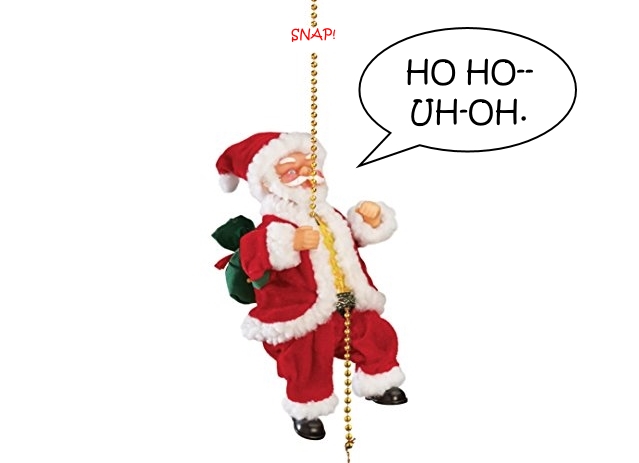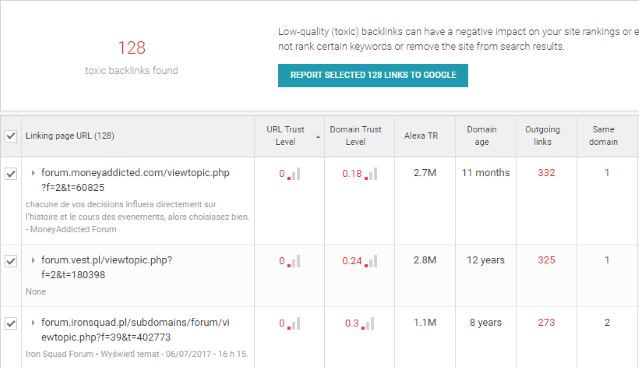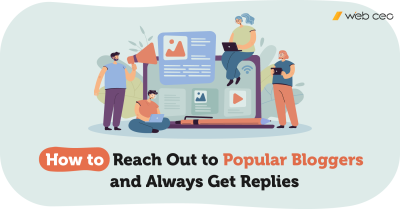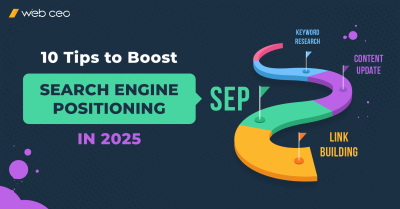
Link building for SEO demands a large amount of effort. You may have even used our materials to make the job easier. Yet you can still remain glued to your current position in rankings even after following the best guide in the world. If it happens, it could be a sign of a weak “link” in what you thought was an effective link building strategy.
There are misconceptions about building links to your site, and there are ways of blatantly doing it wrong. Now we will explore the link building mistakes to avoid, as well as how you can turn your situation around.
1. Most backlinks are nofollow
Links are meant to be used both by humans and robots. The specifics behind how they do it are different (humans click, search engines do their own robotic magic), which makes it possible to control where search engines can or cannot go. All it takes is adding the rel=”nofollow” attribute to a link, and crawlers will shoo away like a cat that smelled an orange. Consequently, the page on the other end of the link will not be crawled. How is it supposed to move up in the world under these circumstances?
It’s possible that the person who placed the backlink didn’t make it nofollow on purpose. Many sites that support user-generated content (Quora being one) automatically add the attribute to new links. SEO-wise, they won’t be as efficient as if they were dofollow (links without any rel attributes), but that doesn’t mean they are useless. Depending on where you land a nofollow backlink, you can still get a great number of new visitors to your site.
2. Spammy backlinks
Not all backlinks are good for you. Some may put your SEO campaign and even your website in jeopardy. When hunting for backlinks, these are the things you should never do.
- Buy links from spam link brokers
- Participate in link exchange schemes
- Use software and services that automatically make links
- Spam links with your own hands
- Hide links (for example, by coloring them white)
- Submit links to sites and directories that are irrelevant to your niche or outright shady
- Put your link on pages with nothing but links
- Stuff texts with links that have keyword-heavy anchor texts
If you are guilty of any of this, you should remove the problematic links as soon as possible before they cause your Google rankings to drop. Things get a little trickier when spammy backlinks appear without your involvement, but it’s nothing that can’t be helped. One of the options is to reach out to people who made those backlinks and ask them to take them down. If this fails, fire up WebCEO’s Toxic Links tool.
Once you’ve selected all the dangerous links from a list, press the Report Selected Links to Google button to generate a .txt file. It will contain the toxic links you want to get rid of. Then you submit this in the Google Disavow Tool and wait for the purge.
3. Too many new backlinks overnight
If you get a huge number of new backlinks in a short period of time, Google will suspect foul play. They know you can get tons of backlinks that way by paying for them or using link spam software. Do these words make your conscience tingle? Good, cheaters will not be allowed to prosper.
Note that “short period of time” is key here. If it took you a lot of time or you consistently keep getting new links day after day, it won’t look as suspicious. Some of the biggest sites like Wikipedia earn thousands of links daily and don’t have to worry about their rankings.
4. Your link profile isn’t diverse enough
If you gathered hundreds and thousands of backlinks, but they are all from the same domain, that’s not enough. One site acknowledging you as an authority isn’t anything impressive. Get backlinks from many sites, even if it’s just one from each, and this tells Google an entirely different story. It takes a lot of votes to make you the king of page one… even though you don’t vote for kings.
Do you know the best place to look for new backlinks? It’s your competitors’ backlink profiles. You can check them out with WebCEO’s Competitor Backlink Spy.
5. Links are on pages that spiders can’t crawl
It’s completely logical why this does nothing for link building. Links that are meant to influence rankings are supposed to be seen by both humans and search engines; if search engines can’t visit a page, they can’t follow any of the links on it, either.
I don’t know anybody who bothers to check if any given page is disallowed in robots.txt, so if someone put a backlink on one such page for you, it’s either bad luck or a mean joke. On the bright side, a backlink isolated in this manner is harmless.
6. Poorly optimized anchor texts
When creating a link, it’s recommended to be specific about where it leads. A few descriptive words in the link’s text will make that clear both for the users and search engines. The latter are especially important because once associated with the linked page, anchor texts become its ranking keywords. You can even make a Google bomb that way, though I’m not trying to encourage you to do this.
More importantly, if your backlink:
- Lacks an anchor text with a keyword
- Has an anchor text overstuffed with keywords
- Is just a naked URL
- Is attached to an image without an alt attribute
Then you should try reaching out to the person who put it there and ask them for a more preferable alternative.
7. Manual actions from Google
If you did your SEO wrong and hurt your rankings, then no amount of link building will help them get better. Maybe your rankings dropped because of link building – specifically, because you made the wrong kind of links. Or it could be for an unrelated reason, but in any event, your rankings will remain low until you solve this problem.
Check your Google Search Console account for any messages from Google. If you deserved it, they’ll inform you they’ve issued a manual action on your site. To give you a helping hand, they’ll also provide you with information about fixing the cause of the penalty. Once you’ve taken the necessary measures, submit a reconsideration request and wait for Google’s reply. If they approve your request, congratulations! Your rankings will return to normal.




